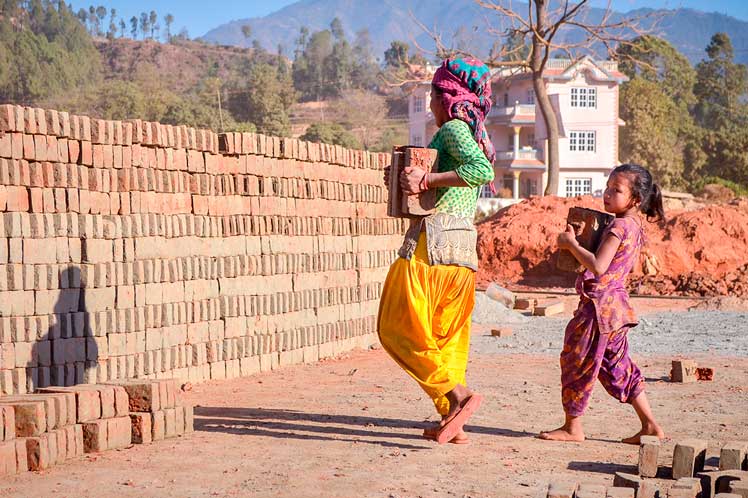A joint report prepared by the Central Bureau of Statistics of the National Planning Commission and International Labor Organization (ILO) states that nearly 1.1 million children are involved in child labor of which 0.2 million children are involved in its worst forms.
The statistics reveal that child labor is still significant although the overall trend is declining in Nepal (2.6 million in 1998, 1.6 million in 2008 and 1.1 million in 2018).
Agriculture is found to be the sector with highest per cent of child labor (87%) and Dalit children constitute the highest (19.4%) proportion based on caste and ethnicity, followed by Janajati (18.1%), Brahmin/Chhetri (14.5%), Terai (12.7%), the Muslims and other castes (12.8%) and the least among the Newar (9.9%).
The report assesses the status of child labor and it opens the door to implement the second National Master Plan (2018 – 2028) on Child Labor, recently endorsed by the Ministry of Labor, Employment and Social Security (MoLESS).
Of the total seven million children aged 5 to 17 in Nepal, 1.1 million (15.3%) were found to be engaged in child labor, which is a significant decline in child labor in comparison to 2008 (1.6 million).
The child labor prevalence for children between age of 5 and 13 years is 18% while it is 10% for the children between age of 14 and 17.
The child labor prevalence is higher in rural areas (20.4%) than that of urban areas (12.1%).
The report found that among the total children engaged in child labor, about 87% are engaged in the agriculture sector while 13% are in other sectors.
Child labor figure amounts to 14.1% for children attending school while it is 25.1% for children not attending school.
About 0.2 million (3.2%) children are found to engage in hazardous work which is a significant decline in comparison to 2008 (0.62 million). More males (3.7%) are engaged in such work in comparison to females (2.6%).
mh/pll/acl/abm










